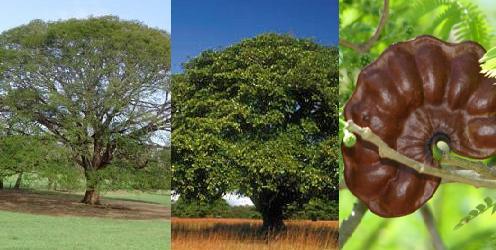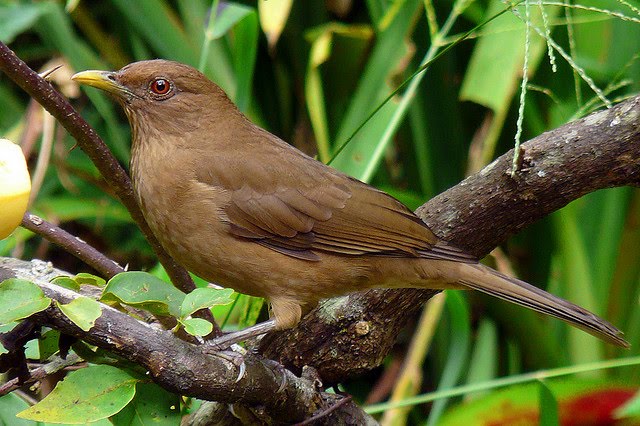The Guanacaste tree, national tree and The yigüirro, national bird
The Guanacaste tree, national tree
The Guanacaste tree was declared the national tree of Costa Rica on August 31, 1959, during the government of Mario Echandi Jiménez. It was chosen as a tribute to the Guanacastecans, for its Annexation of the Nicoya Party to the country in 1824.
In its natural state, the Guanacaste tree is distributed on both coasts, both the Pacific and the Atlantic, but it is more common in the Pacific, at altitudes of around 0 and 1,300 meters above sea level. Specimens have been found in Mexico, Central America, northern South America, and the West Indies.
It grows to fifteen meters high and the diameter of its trunk can be up to four meters. It is a deciduous tree. It is considered a lively tree, for its power and long life, ranging from 60 to 70 years.
Its most notable feature is the extensive leafiness of its branches, and the permanent greenness of the crown. The flowers are small, they are born in small groups in short petioles, with very little showiness. The seeds are used to make handicrafts, as are the fruits, from which the tree takes its name: Guanacaste comes from the Nahuatl language quauh, tree; and nacaztli, ear, which means tree of the ear, because the fruits, some hard pods of brilliant brown color, are shaped like an ear. The fruits are used as raw material for soap making due to their high content of saponins, and constitute an important food source for some animals, both domestic and wild. In Costa Rica it generally blooms between November and March and produces fruit between January and May. 🌳



The yigüirro, national bird
The yigüirro was declared a national bird on January 3, 1977, under the presidency of Daniel Oduber Quirós, at the initiative of the Ramón poet Eliseo Gamboa and the deputy Deseado Barboza, who were lovers and defenders of birds. He was declared as such as a tribute to his powerful and melodious singing that accompanies the entrance of the rainy season, in addition to being considered an important character within Costa Rican folklore, literature and music, in national poetry, stories and songs. .
The yigüirro is a species of brown blackbird that measures between 22 and 24 cm. Both the male and the female have an olive light brown plumage on the upper part, lighter on the throat and abdomen. The bill is yellowish and the legs are brownish. It can be found in rural and urban areas, in cultivation sites, coffee plantations, gardens, grasslands with scattered birds and secondary forests. It feeds on fruits, earthworms, snails, worms and insects. It nests between March and June.

Comentarios
Publicar un comentario